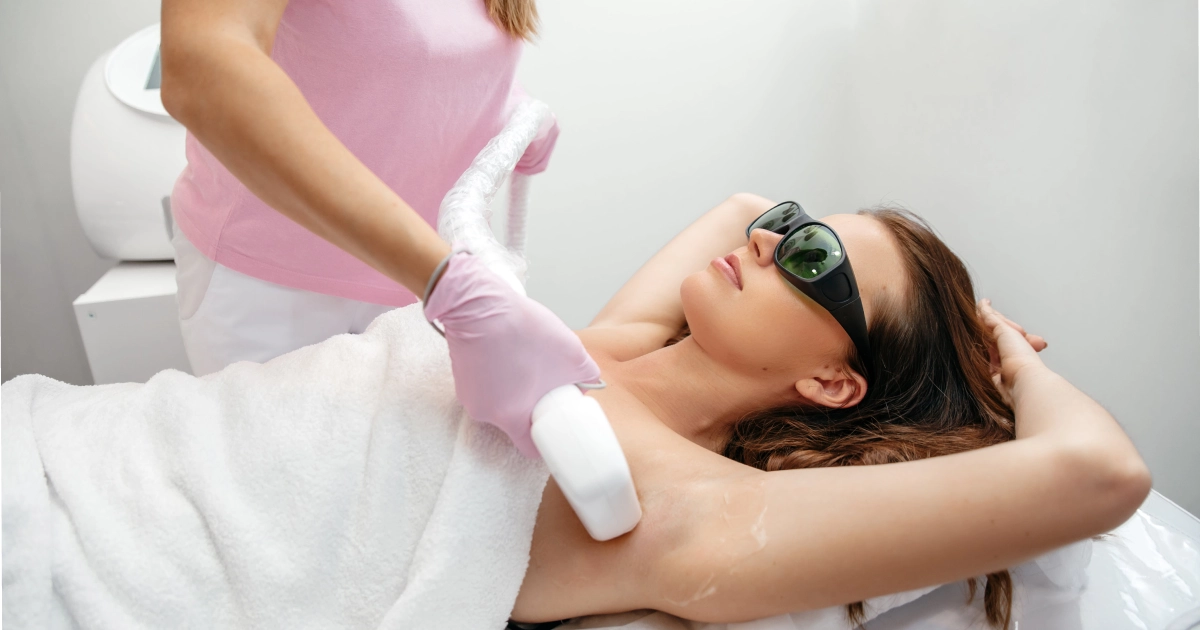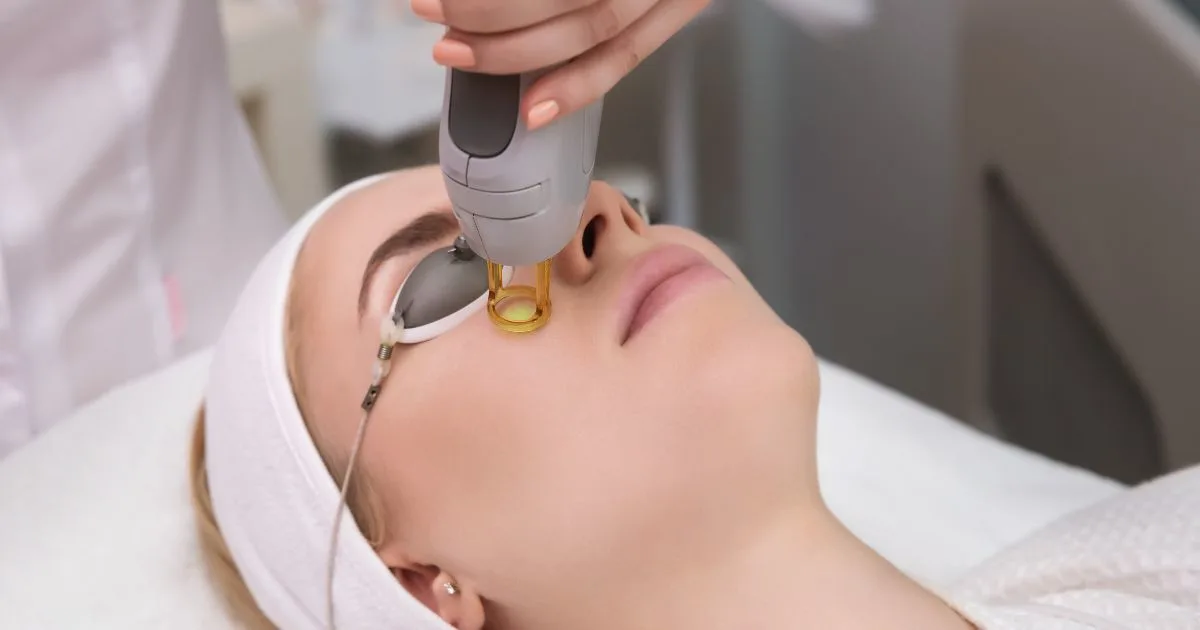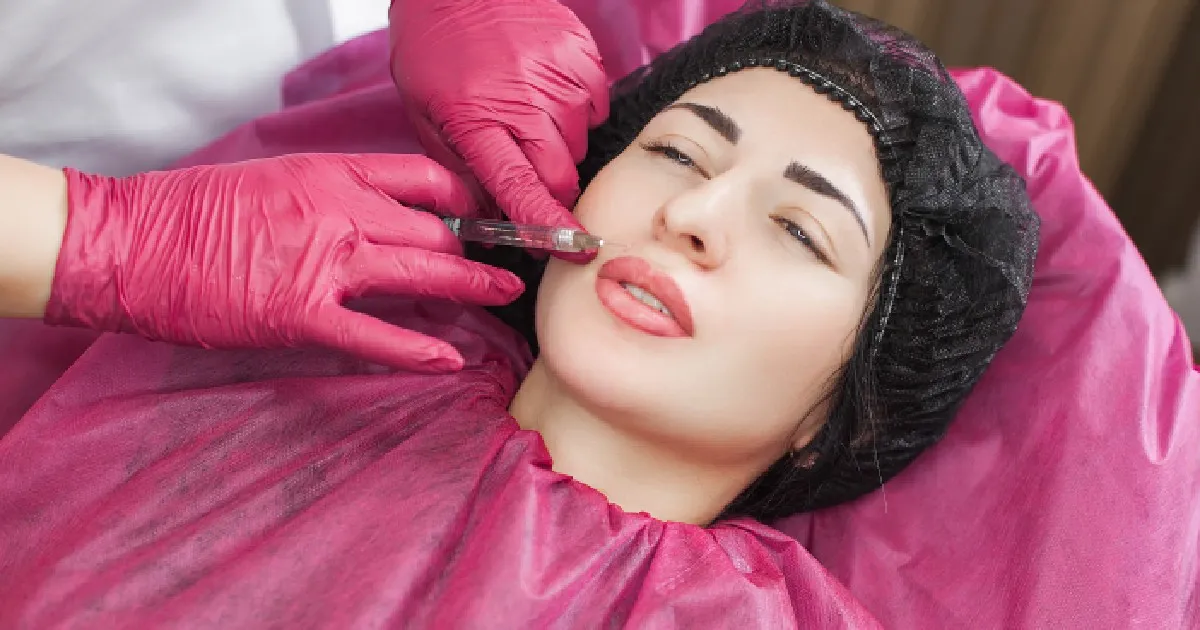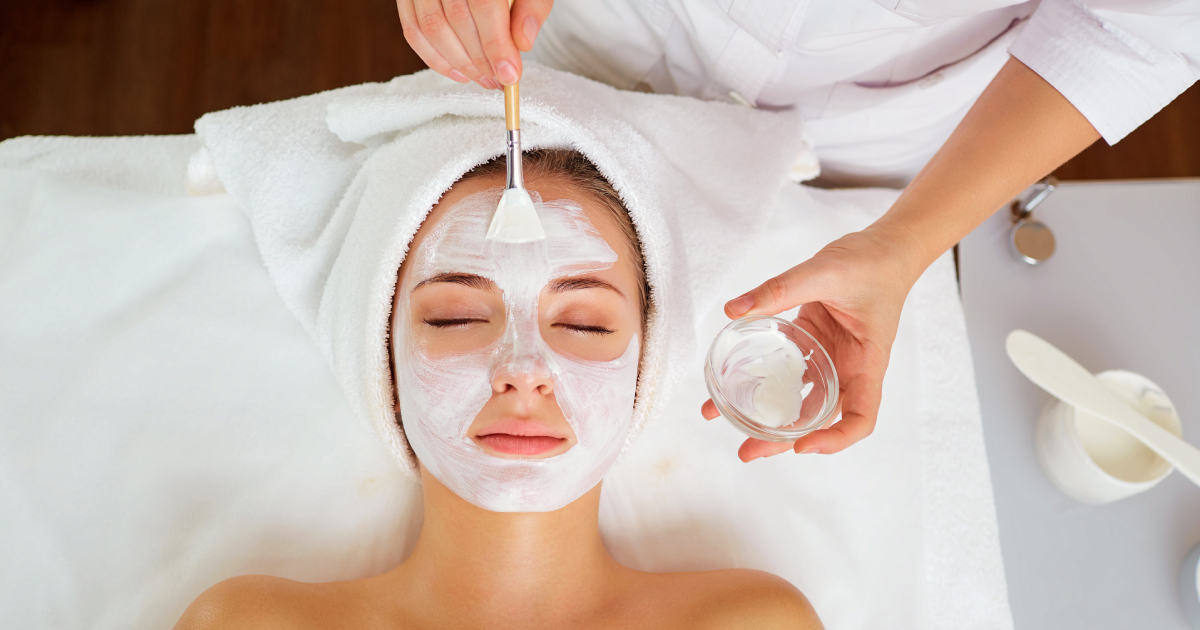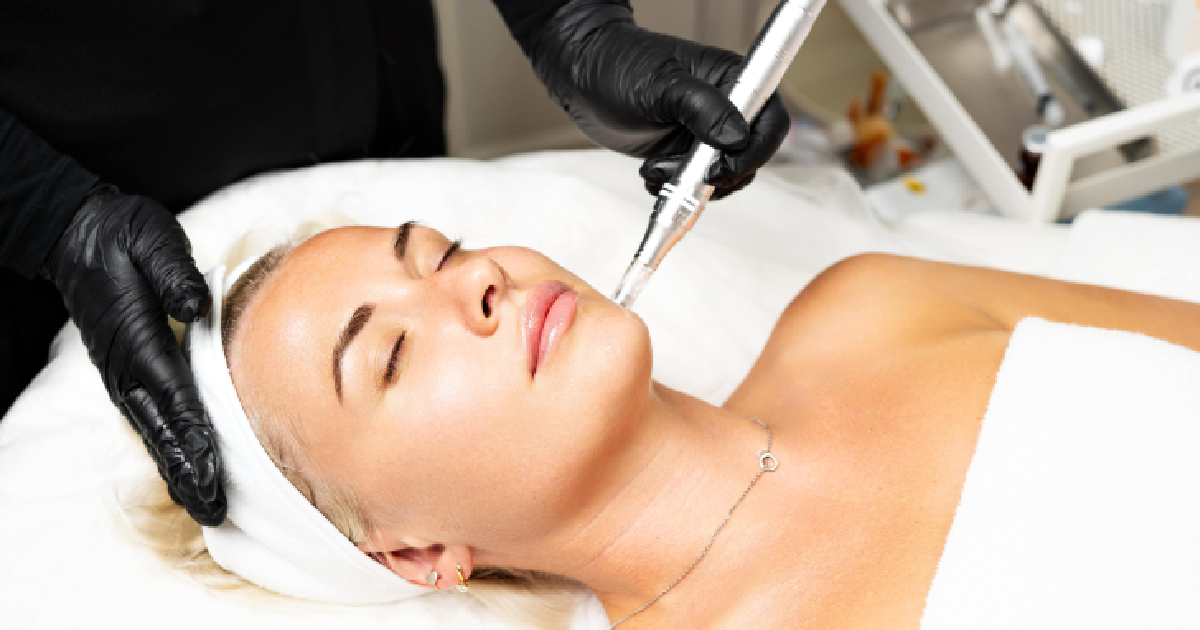Table of Contents
Scarring is a common concern for many people, whether from acne, surgery, or injuries. These scars can affect one’s confidence and overall appearance. With advancements in aesthetic treatments, various methods have been developed to minimize and improve the appearance of scars. One such promising treatment is microneedling.
This blog post will delve into the effectiveness of microneedling for scars, addressing common questions like “does microneedling work for scars?” and exploring how this innovative treatment works.
What is Microneedling?
In microneedling or collagen induction therapy, fine needles are used to create micro-injuries on the surface of the skin. They boost collagen and elastin production by stimulating the body’s natural healing process. This makes your skin smoother, firmer, and younger-looking.
For those researching microneedling for acne scars near Sykesville, MD, understanding this foundational process is key to recognizing the potential outcomes of the treatment.
How Microneedling Works on Scars
Collagen Stimulation
The primary mechanism through which microneedling helps improve scars is stimulating collagen production. Scars, particularly those from acne or surgery, often result from the breakdown of collagen fibers in the skin. Microneedling triggers the skin’s natural repair process by creating micro-injuries, forming new collagen and elastin fibers. This process helps in filling in the depressed scars and improving their texture and appearance.
Breaking Down Scar Tissue
Microneedling also helps break down old scar tissue. The tiny needles used in the procedure create microchannels in the skin, disrupting the rigid structure of the scar tissue. The mentioned breakdown encourages the formation of new, healthier tissue to replace the old scar tissue, leading to a more even skin texture. This is just one reason why microneedling for surgical scars and microneedling for burn scars is increasingly popular.
Enhanced Absorption of Topical Treatments
Another benefit of microneedling is that it enhances the absorption of topical treatments. The micro-channels created during the procedure allow for deeper penetration of serums and creams, which can be specifically formulated to target scars. Ingredients like hyaluronic acid, vitamin C, and peptides can be used post-treatment to improve the appearance of scars further.
Each mentioned ingredient supports the healing process and addresses concerns like scarring and dark spots. So if you’ve ever wondered, “Does microneedling help with scarring and dark spots?” The answer is a resounding yes.
Types of Scars Microneedling Can Treat
Acne Scars
Microneedling acne scars is one of the most common types of scars that people seek treatment for. These scars can be either depressed (atrophic) or raised (hypertrophic). Microneedling has been shown to be particularly effective for atrophic scars, such as ice pick, boxcar, and rolling scars. By stimulating collagen production, microneedling can help fill these depressions and improve the skin’s overall texture.
Surgical Scars
Microneedling for surgical scars, including those from cosmetic surgery or medical procedures, can also be improved with microneedling. The treatment aids in encouraging the formation of new, healthy skin surrounding the scar and softening the scar tissue.
Stretch Marks
While not technically scars, stretch marks are a form of skin damage that can benefit from microneedling. When it comes to microneedling for stretch marks and scars before and after, clinical evidence and patient testimonials often highlight dramatic improvements in skin tone, texture, and firmness due to increased collagen and elastin production.
Burn Scars
Burn scars are notoriously difficult to treat, but microneedling for burn scars has shown promising results. The treatment helps to break down the tough, fibrous tissue of burn scars and promotes the regeneration of new skin.
The Microneedling Procedure
Pre-Treatment Preparation
Preparing the skin for microneedling is crucial before beginning. This may include avoiding sun exposure, stopping certain medications, and using topical treatments to prime the skin. A consultation with a skincare professional at The Natural Aesthetic Medspa can help determine the best pre-treatment regimen for your specific needs.
During the Procedure
The microneedling procedure itself is relatively quick and minimally uncomfortable. A numbing cream is applied to the skin to ensure comfort during the treatment. The microneedling device, which contains fine needles, is then moved across the skin in a controlled manner, creating micro-injuries. The depth of the needles can be adjusted based on the type and severity of the scars being treated.
Post-Treatment Care
After the procedure, it is important to follow a post-treatment care regimen to ensure optimal results. This might entail avoiding the sun, using mild skincare products, and administering certain topical therapies to speed up the healing process. After the treatment, it is common to have some redness and moderate swelling; however, these side effects usually go away in a few days.
Your provider will also discuss how many microneedling sessions for scars may be needed to achieve your goals. This typically involves 3 to 6 sessions, spaced 4 to 6 weeks apart.
Benefits of Microneedling for Scars
Minimal Downtime
One significant advantage of microneedling is the minimal downtime associated with the procedure. Unlike more invasive treatments, microneedling allows patients to return to their normal activities relatively quickly.
Safety and Efficacy
Enhancing the look of scars is considered a safe and effective therapeutic option for microneedling. When done by a qualified expert, there is little chance of negative outcomes, and great outcomes are possible.
Versatility
Microneedling is a versatile technique effective on various skin types and tones. Many people find it to be an excellent option because it can be customized to address specific needs.
Long-Lasting Results
The results of microneedling can be long-lasting, particularly when combined with a good skincare regimen and maintenance treatments. Patients often see continued skin texture and appearance improvement over several months following the procedure.
Comparing Microneedling to Other Scar Treatments
Microneedling vs. Laser for Scars
Laser treatments, such as fractional laser resurfacing, are another popular option for scar treatment. While microneedling and laser treatments stimulate collagen production, laser treatments use focused light energy to achieve results. Laser treatments can be more aggressive and may require longer downtime compared to microneedling. However, both treatments can be effective, and the choice between them depends on individual skin concerns and preferences.
Microneedling vs. Chemical Peel for Acne Scars
A chemical solution is applied to the skin in a chemical peel, causing the outermost layer to peel off and expose smoother, more youthful skin beneath. Chemical peels can make scars seem better, but they might not be as good as microneedling for deeper scars. Microneedling provides a more targeted approach by creating micro-injuries that reach deeper into the skin.
Microneedling vs. Dermal Fillers
Depressed acne scars can be filled using injectable treatments called dermal fillers. Although dermal fillers show benefits right away, they are temporary and may require recurrent treatments. Microneedling, on the other hand, stimulates the body’s natural healing process for longer-lasting improvements in skin texture.
Ready to Improve Your Scars?
Are you ready to experience the benefits of microneedling for yourself? Contact The Natural Aesthetic Medspa today to schedule a consultation. Our experienced professionals will work with you to develop a personalized treatment plan tailored to your specific needs. Say goodbye to scars and hello to radiant, rejuvenated skin with microneedling.
Book your appointment today and experience the effectiveness of microneedling for scars.
Conclusion
Microneedling is a powerful tool in aesthetic treatments, particularly for those seeking to improve the appearance of scars. Whether dealing with acne scars, surgical scars, or other skin damage, microneedling offers a minimally invasive solution that stimulates the body’s natural healing process. By promoting collagen production, breaking down scar tissue, and enhancing the absorption of topical treatments, microneedling can lead to smoother, healthier-looking skin.
Frequently Asked Questions
Does microneedling help with old acne scars?
Yes, microneedling effectively stimulates collagen production, helping improve the texture and appearance of even old acne scars.
Is microneedling good for surgical scars?
Yes, microneedling is a proven treatment for softening and smoothing surgical scars by promoting new, healthy skin growth.
How many sessions of microneedling are needed for scars?
Most people need 3 to 6 microneedling sessions spaced about 4 to 6 weeks apart for visible scar improvement.
Can microneedling make scars worse?
When performed by a trained professional, microneedling is safe and unlikely to worsen scars, though improper technique or aftercare can cause irritation or pigmentation issues.
What’s better for scars—microneedling or laser?
Both are effective, but microneedling is gentler with less downtime, while laser treatments can be more aggressive and suitable for deeper or more resistant scars.


